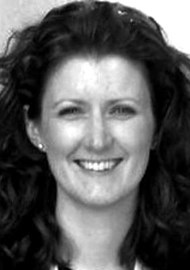This article focuses on revision surgery with respect to parathyroid glands. Clearly the stakes are higher with respect to the patients’ risks, but also with respect to the revision surgeon in finding the offending gland in scar tissue, where someone once could not. This article aims to provide suggestions prior to embarking on revision surgery. Biochemical, histopathological, and radiological results should all be re-visited in addition to the previous surgical notes. The accuracy of the original diagnosis should be questioned but once satisfied that the diagnosis remains, further imaging may be required to aid localisation, with particular detail to potential ectopic sites. Where thyroid nodules are reported on US, a PTH assay on a FNAC may be helpful in delineating a nodule from a parathyroid gland. Surgically, the authors go on to advocate a lateral to medial approach to identify the gland, opposite to the initial approach of medial to lateral. Identification of the carotid is the first step, being the lateral limit of the operative field. The thyroid should then be mobilised medially and the entire retrothyroid, parapharyngeal, and para-tracheal region should be explored. The authors then suggest various areas to search in if still not found and it is their usual experience that the gland is found in a previously undissected region. Again, a succinct article with useful line diagrams delineating the order of dissection.
Playing hide and seek with parathyroid glands
Reviewed by Suzanne Jervis
Revision parathyroid surgery.
CONTRIBUTOR
Suzanne Jervis
FRCS (ORL HNS), Shrewsbury and Telford Hospitals, NHS Trust, UK.
View Full Profile



